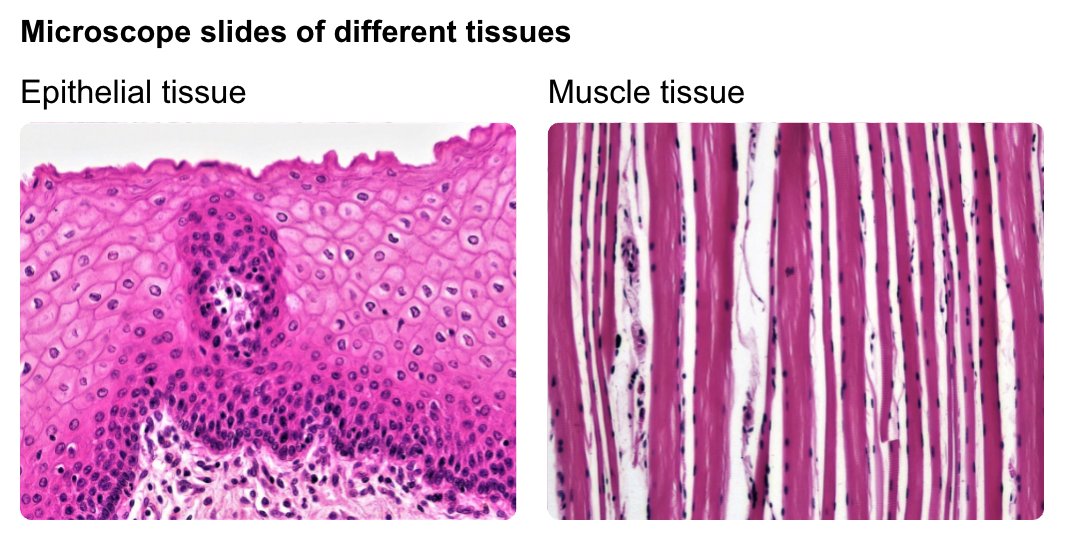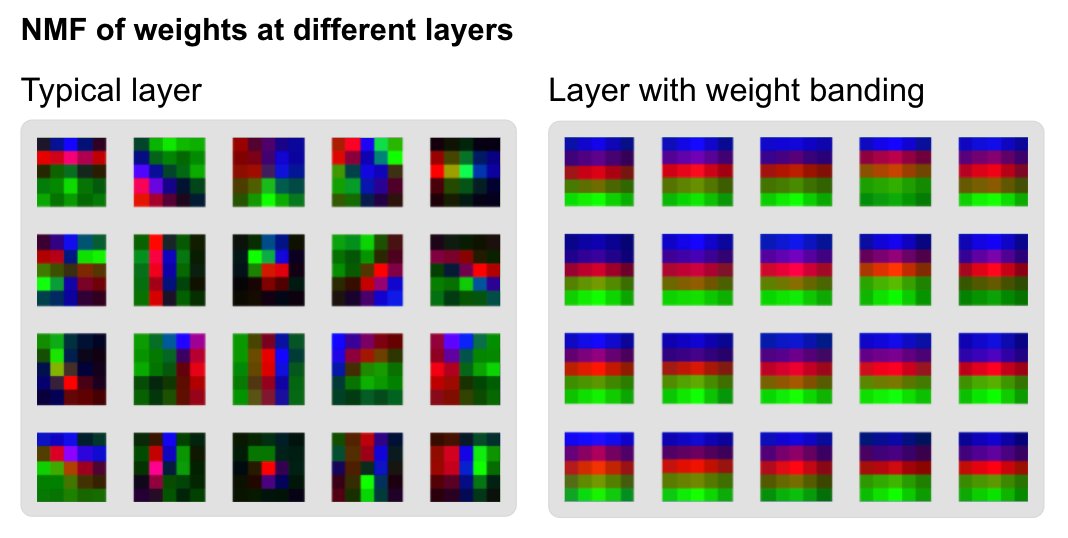New lenses – tools for seeing more detail more clearly –are essential for any scientific endeavor, and this new Circuits article by @mpetrov et al. provides us with an incredibly crisp example of why. https://twitter.com/distillpub/status/1380350545072902144">https://twitter.com/distillpu...
Back in "Zoom In," @ch402 et al. argued that important transition points in science often happen when new tools unlock new levels of detail for us to see, as for example with the first microscope.
New lenses make new feedback loops make new science. https://distill.pub/2020/circuits/zoom-in/">https://distill.pub/2020/circ...
New lenses make new feedback loops make new science. https://distill.pub/2020/circuits/zoom-in/">https://distill.pub/2020/circ...
To an early microscopist, the difference between epithelial and muscle tissue would be as clear and striking as it is to any modern student of histology.
Its strikingness opens new questions: What& #39;s going on here? Why is muscle tissue so ordered? How does it get that way?
Its strikingness opens new questions: What& #39;s going on here? Why is muscle tissue so ordered? How does it get that way?
Similarly, we find ourselves asking the same questions when looking at the weights from the final convolutional layer of some common vision networks.
No 17th-century microscopist expected to discover stomata, Kranz anatomy, or red blood cells.
Likewise, nobody went into the circuits approach with the intention of finding final layer weight banding, nor of discovering the multimodality we saw in CLIP. https://distill.pub/2021/multimodal-neurons/">https://distill.pub/2021/mult...
Likewise, nobody went into the circuits approach with the intention of finding final layer weight banding, nor of discovering the multimodality we saw in CLIP. https://distill.pub/2021/multimodal-neurons/">https://distill.pub/2021/mult...
Weight banding was an unknown unknown – something that could only be discovered and explored further because we had the visualization tools to find it in the first place.
Build lenses. https://twitter.com/ch402/status/1380561712856756233?s=20">https://twitter.com/ch402/sta...
Build lenses. https://twitter.com/ch402/status/1380561712856756233?s=20">https://twitter.com/ch402/sta...

 Read on Twitter
Read on Twitter



